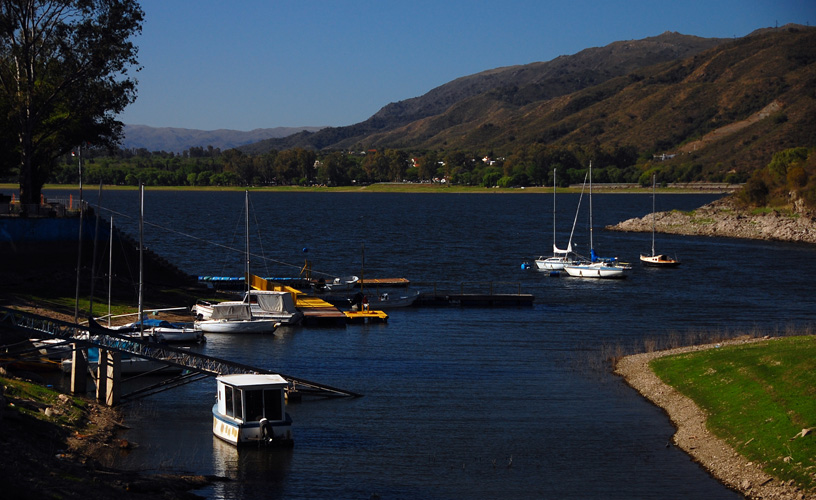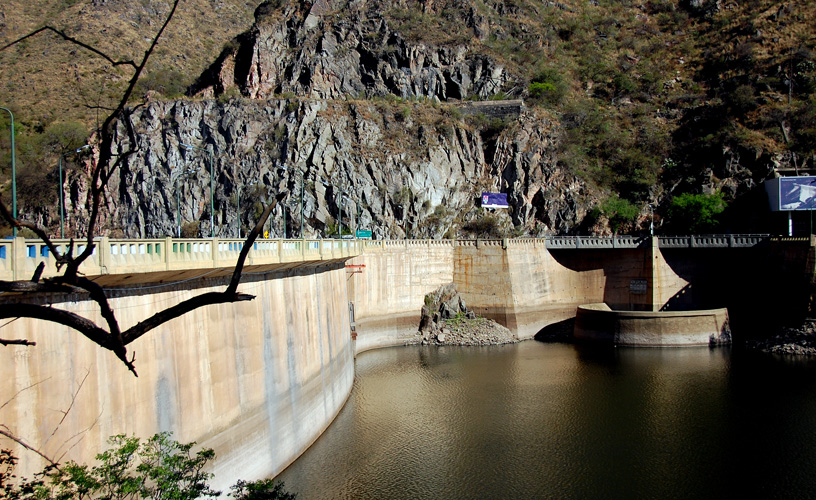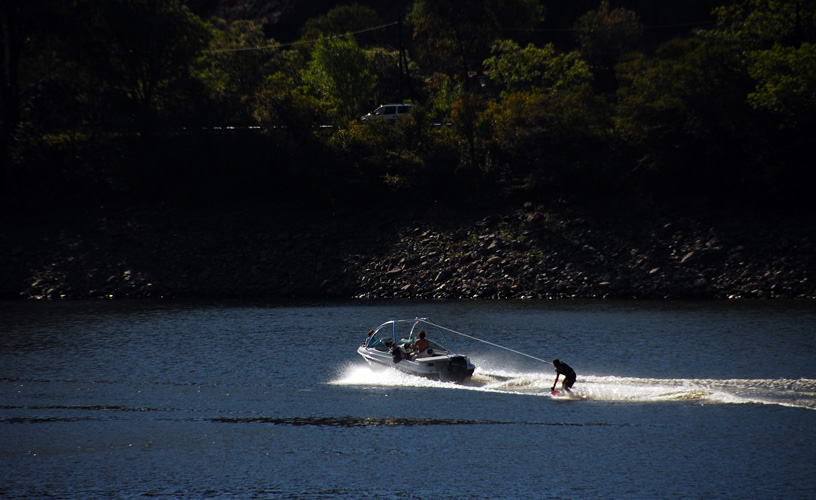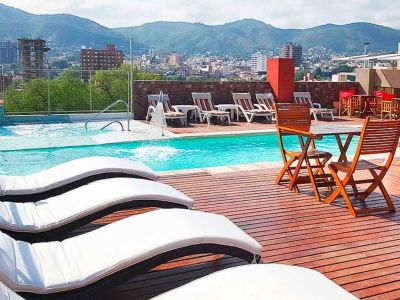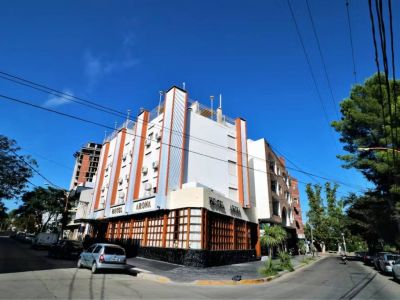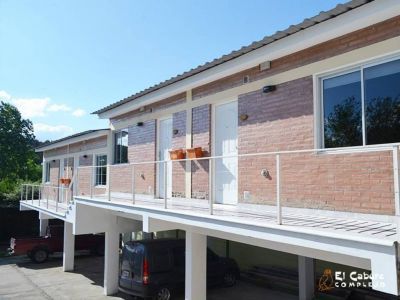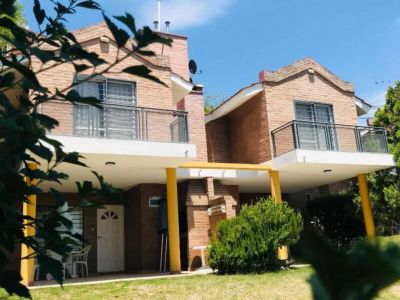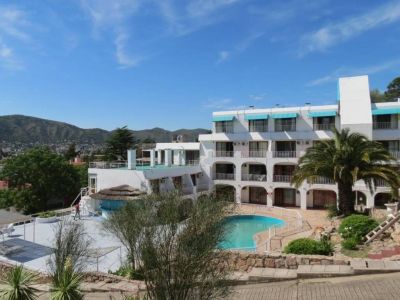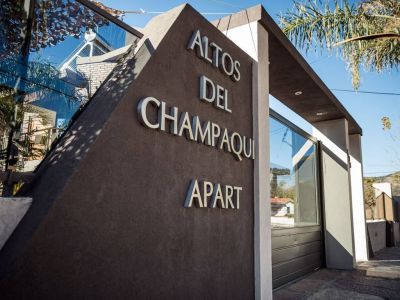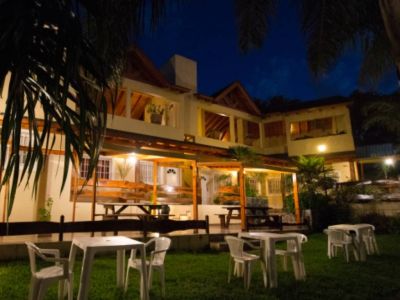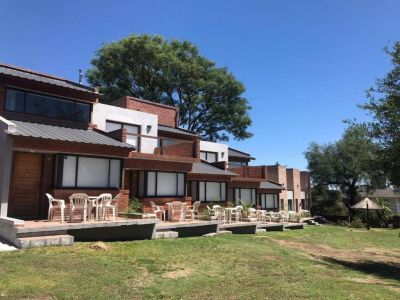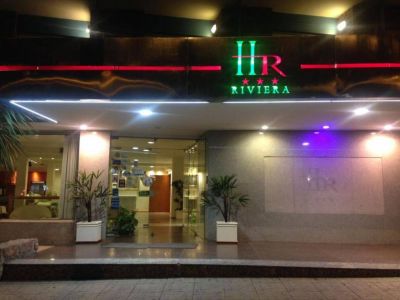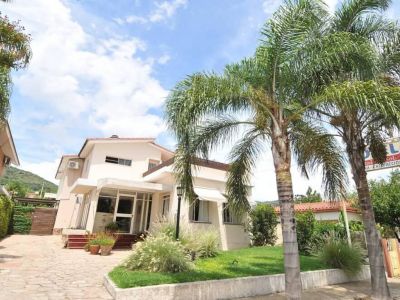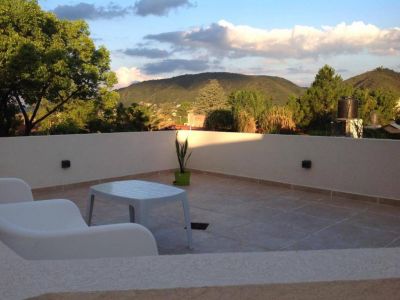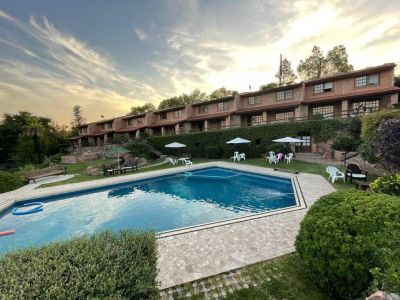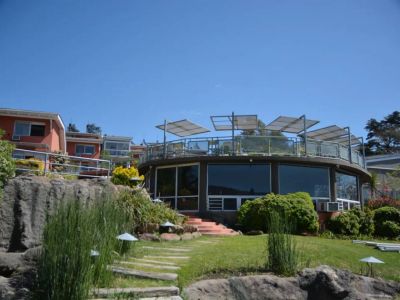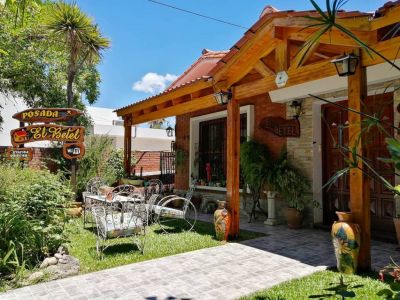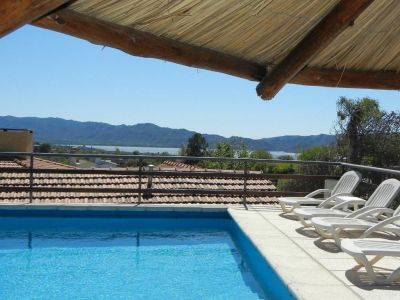Lake San Roque boasts irregular coasts and a paved route for visitors to ride around its whole perimeter. We were really eager to see these attractions with our own eyes.
Once in the vehicle, we drove away from the waterfront and the hustle and bustle while the traffic lights and the pace of the city faded away. We took San Martín Avenue with “Caribbean” style due to typical palm trees lining on its central part.
We drove under the highway leading to Córdoba and took a paved route called “One-Hundred Bends Road” which follows the winding lakeshore. It was really colorful to watch from the heights that residential part of the city with gardens reaching the coast.
Going around Lake San Roque
Colorful sailing, motor and rowing boats competed one another for the best quality and range. The swimming pools blended their waters into those of the lake and the vantage points offered panoramic views where our sight got lost in the distance.
Click, click! was the sound of our cameras at the time they captured images from both lake shores. A gentle swell revealed that a smooth wind slid over from the dam area.
Even though we could already see the huge wall of the dam, we decided to make a short visit to the old house called “Casa de Hidráulica” (Hydraulic House), which was an illegal detention center during the dictatorship from 1976 to 1980.
Once we faced the dam, we could find out debris from its original construction. Built with materials of the area (lime, sand and rocks), it was dynamited to be replaced by a new huge wall with better safety conditions.
At the beginning, in 1890, San Roque was the first dam built in South America and the one occupying the largest area in the world. The huge wall was 115 meters long and 37 meters high. We walked on its crest, from where we could see the body of water in the distance. Later on, we were attracted by the smell of homemade dishes and sandwiches of pork sausages coming from a line of restaurants and the so-called “parrillas” (steak houses) offering barbecued specialties.
It was then when we could appreciate the thick vegetation on its sides and found out a little railroad station which resembled a toy and is out of service nowadays. “This is the Cassaffousth Station of the Narrow Gauge Mountain Range Train. For years this railroad joined the capital city of Córdoba with Cruz del Eje town and used to be the usual means of transport for their residents. In 1977 this line was closed, but a few years ago a train for tourist services begun to run along an experimental stretch”, a resident told us.
On the Paved Route
We left behind an iconic engineering work, the joining of the huge wall, spillways, the funnel and the power station, and we went along a paved route from where we could enjoy the natural vastness of this lake once again. On its lakeshores, a great number of anglers made attempts with their flies. After such scenery, we can assure that this sport is no longer the exclusive activity available only in southern Argentina.
Steps ahead, we found the Federal Square, a natural viewpoint towards the lake with tall footbridges. A semicircle of flagpoles displays the flags and coat of arms of all the provinces in Argentina.
We were captivated by the neighborhood Bialet Masse, where visitors can find beautiful houses built on the heights overlooking the lake and seducing a golf club nearby. Once we crossed the Cosquín River, we started our way back to the downtown of Carlos Paz along the opposite shore.
The route runs through a developed urban area where the old houses at Mirador del Lago and Parque Siquiman are mingled with modern constructions somehow tight one against the other. Some neighborhoods like Villa Santa Cruz del Lago face the green valley.
After some slopes and natural viewpoints, we went downhill to Perelli Beach. We had our typical afternoon mate mixed, according to local habits, with typical herbs of menthol flavor. A catamaran silently went by close to us. In the distance, we noticed a chairlift, the housing built on mountains slopes and a huge stone statue depicting an indigenous called Bamba.
The color of the lake gradually changed depending on the location and the day time. We became aware that sailing and fishing clubs had been arranged in groups as part of a tidy organization. In the same way, we found a recreational area and a spot where regional products are sold.
We said good-bye to this tour when we reached Sarmiento Avenue, where tourists will find the Cuckoo Clock. We were a few steps away from the downtown with its usual movement, hustle and bustle and a somehow unorganized traffic.
Mónica Pons
Eduardo Epifanio
